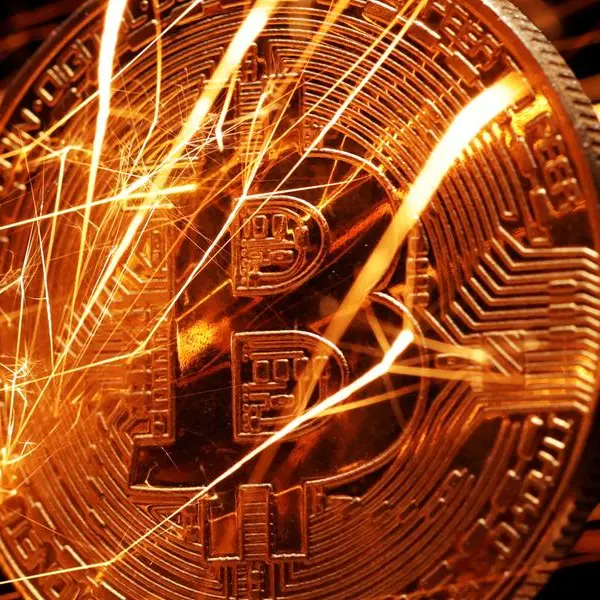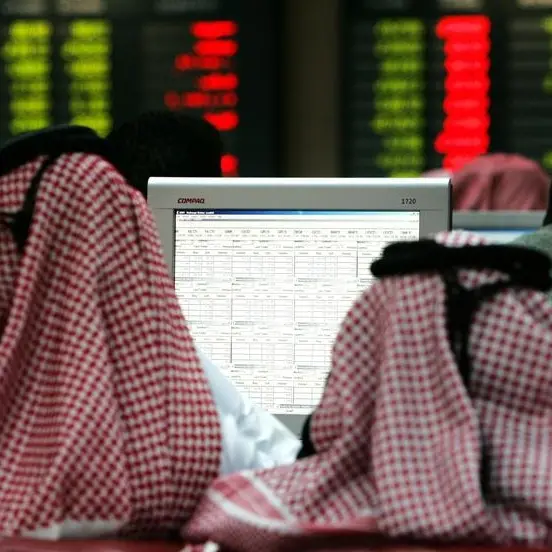PHOTO
Saudi Arabia’s stock exchange is likely to see short term pressure following its full inclusion in the MSCI Emerging Market Index.
“Following the final MSCI EM inclusion tranche in August, the Saudi market has reverted to trading based on fundamentals. In our view, this is expected,” Salah Shamma, Head of Investment, MENA Equity at Franklin Templeton Emerging Markets Equity told Zawya.
Shamma said that previous MSCI index inclusions have also witnessed the pull back of stock markets as an MSCI event passes “and we see Saudi Arabia as no different.”
“Current market multiples remain at a premium to historical levels, so short of any immediate upgrades in overall earnings, we could see further short term pressure on the Tadawul’s performance.”
Index compiler MSCI had first announced in June 2017 that it has added the Saudi market to its watch list for a possible inclusion to its emerging market index.
According to the global provider of stock market indexes, the reasons behind its decision to upgrade Tadawul are “the implementation in the Saudi Arabia equity market of a number of regulatory and operational enhancements, which effectively increased the opening of the market to international institutional investors.”
Saudi Arabia gained entry into the MSCI Emerging market index in two phases.
First phase took place in May 2019 and the second on August 31. Tadawul now has a weight of 2.83 percent in the index.
“We believe the upside potential is limited from this point, even though reforms and macro fundamentals are on the right track. However the country still needs 2-3 years for these reforms to start bearing fruit on the ground,” Marwan Haddad, senior portfolio manager at Emirates NBD Asset Management told Zawya.
“Thus the risk is more to the downside over the short term with expensive valuations, broader emerging market weakness and limited passive flows. Nevertheless, we are still able to find attractive investment opportunities in Saudi on a bottom up stock-specific basis,” he added. (Read more here)
The Kingdom was able to attract foreign funds in 2019 as investors eyed the inclusion this year.
“There has been more than $21 billion of foreign inflows into Saudi since the beginning of 2019 from international institutional investors, including passive flows,” Franklin Templeton’s Shamma said.
“Foreign ownership levels have increased to 5.38 percent (as of end August 2019), from 1.78 percent at end of June 2018, when the decision to include Saudi in the MSCI EM Index was first announced,” he added.
Valuation and medium term outlook
The Tadawul index has gained close to 15.35 percent, after its addition to the MSCI watch list on June 20, 2017.
However, ahead of the second tranche inclusion, Saudi Arabia’s index dropped 8.16 percent during the month of August.
“It is worth noting that active investors remain heavily underweight on Saudi stocks. This should normalize over time and we expect further liquidity to find its way into the market as valuations cool and investors become more familiar with the market,” Shamma said.
Shamma believes Saudi Arabia’s medium term outlook remains on a positive trajectory, with improving macro fundamentals, a solid earnings backdrop, and robust dividend yields.
“This year’s positive equity market return in Saudi Arabia also still largely reflects the strong performance in large-cap stocks, despite some recent weakness,” he said.
“Whilst we see pockets of opportunities across the entire Tadawul market, we are particularly excited about mid-cap stocks which, in our view, are under-owned by foreign investors and offer sustainable earnings growth as the domestic economy recovers,” he added.
Transformative catalyst
The MENA region has accounted for approximately 1.8 percent of the MSCI Emerging Markets Index, through the UAE, Qatar and Egypt. With Saudi Arabia’s inclusion weighting at 2.83 percent, the MENA’s share of the index will increase to approximately 4.6 percent.
“Looking at the MENA region more broadly, we believe Saudi Arabia’s emerging markets status is a transformative catalyst for regional exchanges amid rising global investor interest. This will likely further increase to 5.1% when Kuwait is eventually included in 2020.” Shamma said.
“Significant liquidity events like these are making the MENA region hard for international investors to bypass,” he added.
(Writing by Gerard Aoun, editing by Seban Scaria)
(Gerard.aoun@refinitiv.com)
Our Standards: The Thomson Reuters Trust Principles
Disclaimer: This article is provided for informational purposes only. The content does not provide tax, legal or investment advice or opinion regarding the suitability, value or profitability of any particular security, portfolio or investment strategy. Read our full disclaimer policy here
© ZAWYA 2019




















